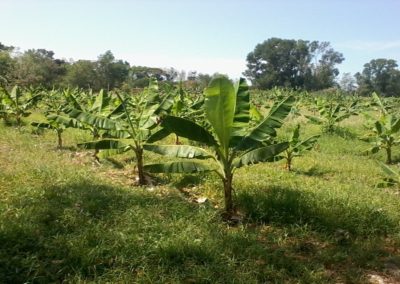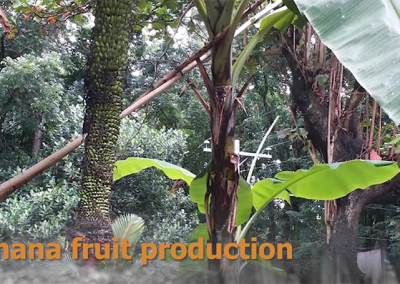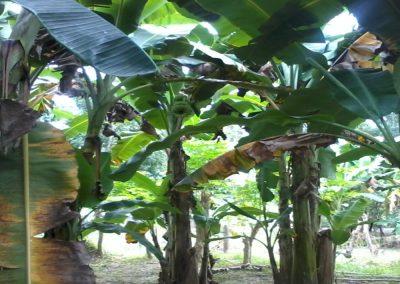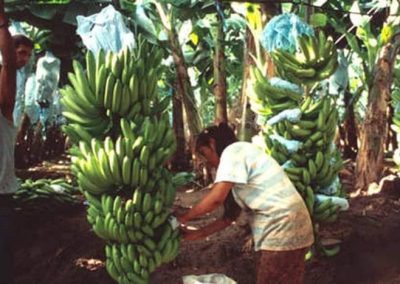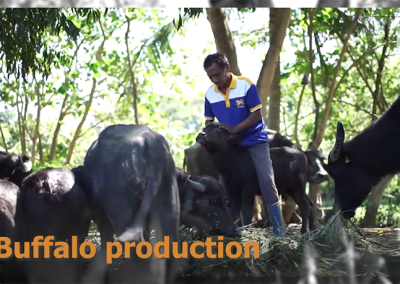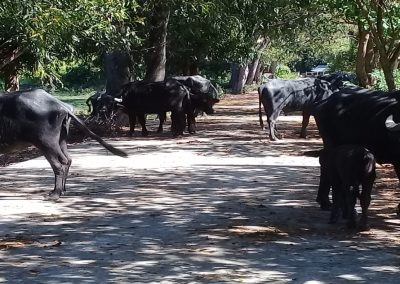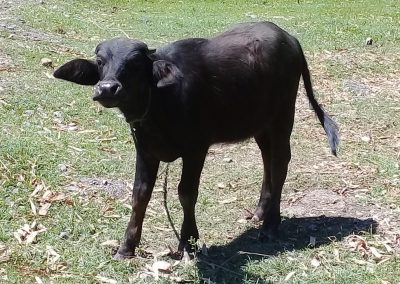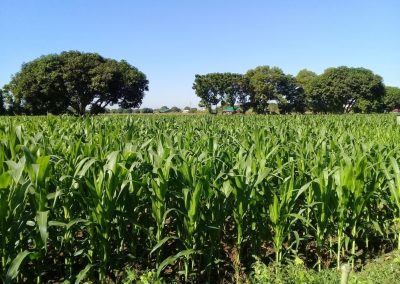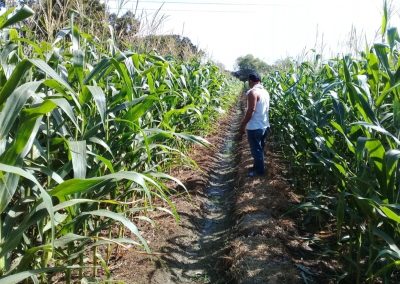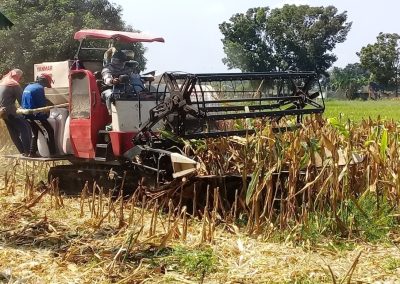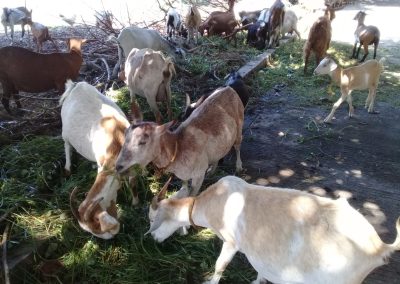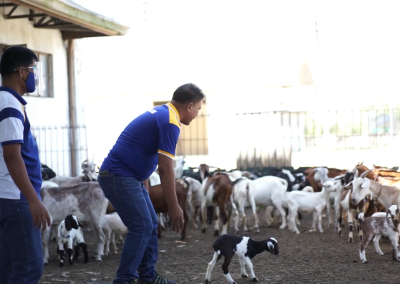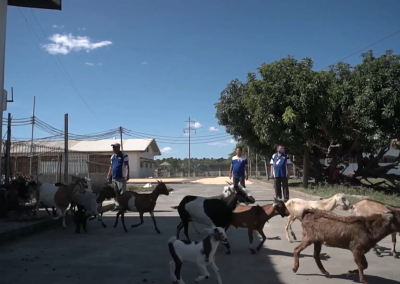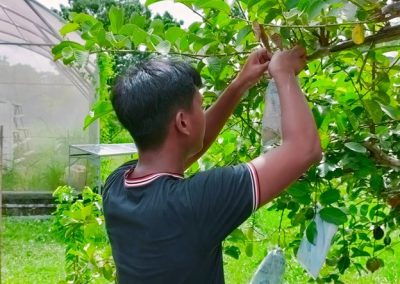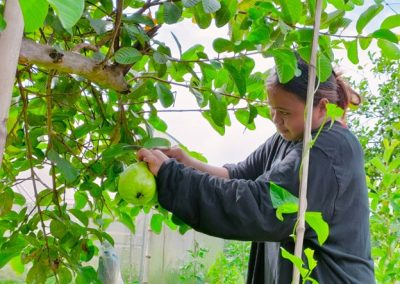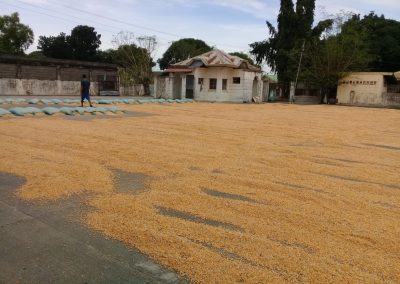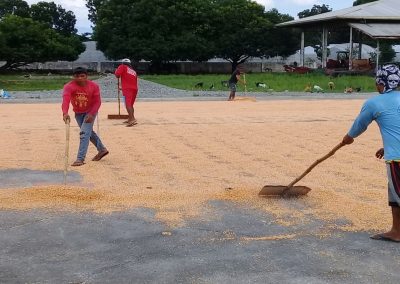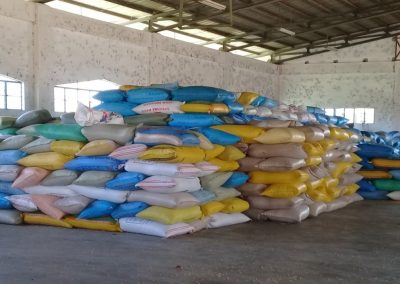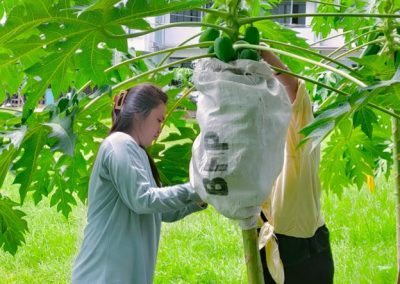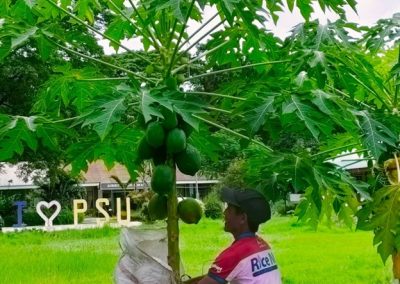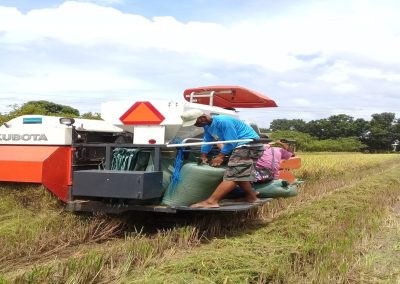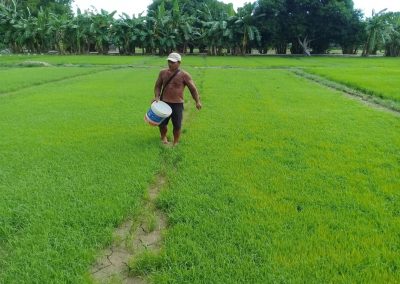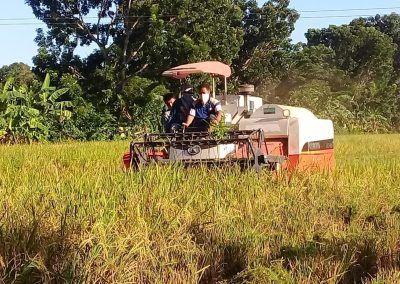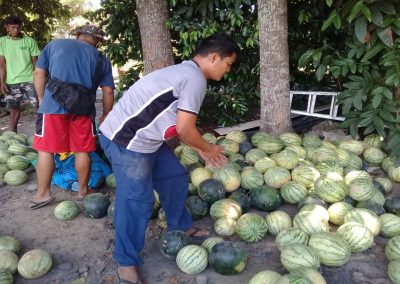PRODUCTION
BANANA PRODUCTION
Bananas are one of the most widely produced, consumed, and traded goods. Its manufacturing primarily serves the local market. PSU-Sta. Maria campus produces around a half-ton of bananas annually, which is regarded one of the most valuable commodities.
The campus’ banana crop is essential for food security and continental economic growth.
BUFFALO PRODUCTION
Buffalo is essential to the agricultural economies of several Asian nations, including the Philippines. The domestic buffalo is becoming increasingly popular as a source of milk, meat, and draft.
The Buffalo Project of PSU-Sta. Maria Campus is exhibiting an upbeat sign with a total number of fifteen (15) heads; 7 caracows, 5 female calves, 1 yearling bull and 2 male calves.
CORN PRODUCTION
In the Philippines, corn is one of the most important staple crops. It is second to rice in terms of agricultural resource consumption. It is utilized for human consumption as well as animal feeds and industrial purposes, making it a crucial crop for the growth of the livestock and manufacturing industries.
In PSU-Sta. Maria, a total of 2.60 hectares was planted with hybrid yellow corn for the crop year 2021-2022 with a net income of ₱81,717.40. Second cropping of said commoditywas also done this season with a total land area of 1.5 hectares.
GOATERY
Goats are one of the primary sources of meat. Goat meat is one of the tastiest meats and is in high demand domestically. Due to its favorable economic outlook, intense and semi-intensive goat farming for commercial production has gained steam in recent years. Numerous progressive farmers and educated individuals have begun goat farming on a commercial scale due to the high demand for goats and their products, which has the potential to generate substantial profits.
The Goatery Project of PSU-Sta. Maria Campus is showing a positive result in term of economic returns. This project has a total of twenty-eight (28) heads; 11 does, 1 buck, 4 buckling and 12 doeling with a cash balance of ₱61.361.29 as of March 31, 2022.
GUAVA PRODUCTION
Philippine Bayabas Guava is a high-yielding tree native to the Philippines that produces fruit suitable for eating fresh from the tree or preserving. The surface of the smooth, round fruit is yellowish-green, and its meat is a distinctive creamy white.
PSU-Sta. Maria tends 100 guava trees which produce about 300 kilograms of fruit annually.
PANGASINAN POSTHARVEST HANDLING AND PROCESSING CENTER (PPHPC)
The center is providing services for clienteles, such as solar drying, warehousing and space rentals.
PAPAYA PRODUCTION
The papaya plant belongs to the tiny plant family Caricaceae. As one of the fastest-growing trees in the tropics and subtropics, papaya’s fresh fruits and products such as juices have important nutritional benefits for humans.
PSU-SM has been producing luscious papayas for years and constantly researching ways to improve varieties, including red lady and native papayas.
RICE PRODUCTION
Rice is Asia’s most commercially and culturally significant food crop, and its production is considered the most significant economic activity globally. Over 2.7 billion people rely on rice as their primary food source.
PSU-Sta. Maria’s Rice Project has a total cash balance of ₱91,637.21.
WATERMELON PRODUCTION
Watermelon is one of the most popular fruits in the Philippines. Pakwan, as it is known in Tagalog, is primarily consumed as a dessert. Its rind is used to make pickles and preserves.
The Watermelon Production showed a positive result since its commencement in December 2020. It has generated an income of more or less twenty thousand pesos.

